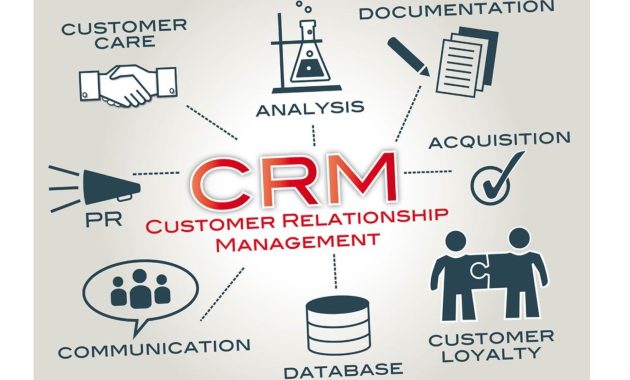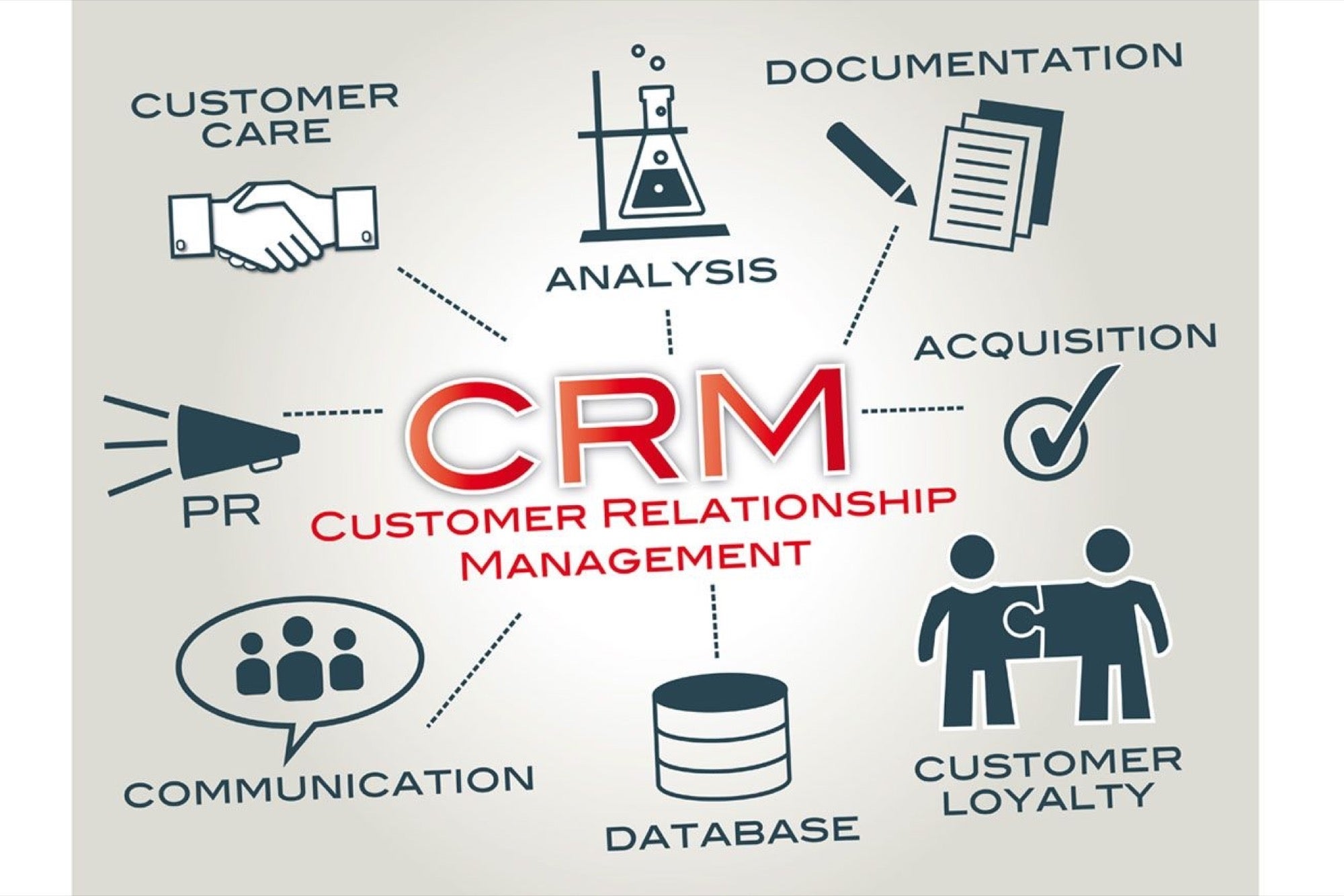
Unlocking Growth: How to Create Conversions Through CRM Software
In today’s competitive business landscape, converting leads into loyal customers is paramount. Customer Relationship Management (CRM) software has emerged as a crucial tool. It empowers businesses to streamline their sales and marketing efforts. This article explores how to create conversions through CRM software, providing actionable strategies. We will delve into the core functionalities and best practices. These will help you maximize your CRM investment and drive revenue growth.
Understanding the Power of CRM
CRM software acts as a central hub for all customer-related information. It is much more than just a contact database. CRM systems offer a 360-degree view of each customer. This includes their interactions, preferences, and purchase history. This comprehensive view enables businesses to personalize their interactions and tailor their marketing campaigns. Ultimately, this leads to increased conversions and customer satisfaction.
The core functionalities of CRM systems include:
- Contact Management: Storing and organizing customer contact information.
- Lead Management: Tracking and nurturing potential leads.
- Sales Automation: Automating sales processes.
- Marketing Automation: Automating marketing campaigns.
- Customer Service: Managing customer inquiries and support requests.
- Reporting and Analytics: Providing insights into sales and marketing performance.
By leveraging these features, businesses can improve efficiency. They can also enhance customer relationships. This ultimately drives conversions. The use of CRM software is no longer optional; it’s essential for sustainable growth.
Implementing Effective CRM Strategies for Conversions
Successfully using CRM software to create conversions requires a strategic approach. Simply implementing the software is not enough. Businesses need to adopt specific strategies to maximize its potential. Here are some key strategies to consider:
Data Segmentation and Targeting
Effective segmentation is crucial for personalized marketing. CRM software allows you to segment your customer base based on various criteria. These include demographics, purchase history, and engagement levels. By segmenting your audience, you can create targeted marketing campaigns. These campaigns resonate with specific customer groups. This leads to higher conversion rates. For example, you can target customers who have abandoned their shopping carts. You can offer them a special discount to encourage them to complete their purchase. This is a powerful example of how to create conversions through CRM software.
Personalized Communication
Personalization is key to engaging customers. Use your CRM data to personalize your email marketing campaigns. Address customers by name, and tailor your messaging to their specific interests and needs. Offer product recommendations based on their past purchases. Send birthday greetings and exclusive offers. Personalized communication fosters a sense of connection. It also increases the likelihood of conversions. This is a direct benefit of how to create conversions through CRM software.
Lead Scoring and Nurturing
Lead scoring helps prioritize your sales efforts. Assign scores to leads based on their behavior and engagement. This includes website visits, email opens, and content downloads. Focus your sales team’s efforts on high-scoring leads. Nurture lower-scoring leads with targeted content and automated workflows. Lead nurturing keeps your brand top-of-mind. It also guides leads through the sales funnel. This approach shows how to create conversions through CRM software.
Automation of Sales and Marketing Processes
Automation saves time and improves efficiency. Automate repetitive tasks like sending follow-up emails and scheduling appointments. Use marketing automation features to create automated workflows. These workflows trigger based on customer behavior. For example, you can set up an automated email sequence. This sequence welcomes new subscribers and introduces them to your products or services. Automating processes is a key aspect of how to create conversions through CRM software.
Integration with Other Tools
Maximize the power of your CRM by integrating it with other tools. Integrate your CRM with your email marketing platform, social media channels, and e-commerce platform. This integration provides a holistic view of your customers. It also streamlines your workflows. For example, integrating your CRM with your e-commerce platform allows you to track customer purchase history. This allows you to personalize your marketing efforts. This is another example of how to create conversions through CRM software.
Measuring and Optimizing Your CRM Efforts
To ensure your CRM strategy is effective, you need to track your results. Regularly monitor key performance indicators (KPIs). These include conversion rates, customer acquisition cost, and customer lifetime value. Use the data from your CRM to identify areas for improvement. Continuously test and optimize your campaigns to maximize their impact. This is the ongoing process of how to create conversions through CRM software.
Here are some specific metrics to track:
- Conversion Rate: Percentage of leads who convert into customers.
- Customer Acquisition Cost (CAC): Cost of acquiring a new customer.
- Customer Lifetime Value (CLTV): Revenue generated by a customer over their lifetime.
- Sales Cycle Length: Time it takes to close a deal.
- Customer Satisfaction Score (CSAT): Level of customer satisfaction.
By analyzing these metrics, you can gain valuable insights. You can also identify areas where you can improve your CRM strategy. Continuous optimization is key to driving long-term growth. This is an important part of how to create conversions through CRM software.
Choosing the Right CRM Software
Selecting the right CRM software is crucial for success. There are many different CRM systems available. Each has its own features and pricing. Consider your business needs and budget. Choose a CRM that aligns with your specific requirements. Research different CRM providers and compare their features. Read reviews and testimonials from other users. Ensure the CRM you choose is scalable and can grow with your business. The right choice is essential to how to create conversions through CRM software.
Here are some popular CRM software options:
- Salesforce
- HubSpot CRM
- Zoho CRM
- Microsoft Dynamics 365
- Pipedrive
Evaluate each option based on its features, ease of use, and pricing. Make sure the system integrates with your existing tools. This will streamline your workflow. Careful selection is a critical step in how to create conversions through CRM software.
Training and User Adoption
Implementing CRM software is only the first step. Ensure your team is properly trained on how to use the system. Provide ongoing support and resources. Encourage user adoption through clear communication. Emphasize the benefits of using the CRM. Promote its value in improving sales and customer relationships. Successful user adoption ensures that your team actively uses the CRM. This is crucial for achieving the desired results. This step directly impacts how to create conversions through CRM software.
Conclusion: The Path to Conversion Success
CRM software is a powerful tool. It helps businesses create conversions and build lasting customer relationships. By implementing the strategies outlined in this article, you can maximize your CRM investment. You can also drive revenue growth. Remember to focus on data segmentation, personalization, and automation. Continuously measure and optimize your efforts. The right approach to CRM software is key to achieving conversion success. The ongoing use of CRM software is a key element in how to create conversions.
Embrace the power of CRM, and transform your business. Start creating meaningful customer experiences. This will lead to increased conversions and sustainable growth. The journey on how to create conversions through CRM software requires dedication. It also requires a strategic approach. It is a journey that will ultimately transform your business.
[See also: Related Article Titles]

